The Haptic Revolution in Surface Specification
For decades, the tile industry’s conversation has been dominated by color, pattern, and size. But as we move into 2025, a profound shift is finalizing its takeover. The new frontier is not just visual; it’s haptic. The most innovative architectural spaces and the most successful import portfolios are no longer built on aesthetics alone, but on a sophisticated understanding of surface technology. We are in the midst of a haptic revolution, where the feel of a surface is as critical as its look.
For architects, this shift unlocks a new dimension of sensory design, allowing you to craft environments that communicate calm, energy, luxury, or warmth through the deliberate interplay of texture and sheen. For importers and distributors, this represents the most significant opportunity for market differentiation in a generation. The ability to source and supply not just tiles, but cohesive surface systems, is what will separate market leaders from the “me-too” crowd.
Sticking to a single, monotonous finish—an entire bathroom in polished porcelain, an entire kitchen in matte—is no longer just a safe choice; it’s a dated one. Today’s clients, whether residential or commercial, are subconsciously craving sensory-rich environments. This comprehensive guide moves beyond the basic “glossy vs. matte” discussion. It is a strategic manual for architects on how to specify innovative finish pairings and for importers on what to source to meet this climbing demand. We will dissect the emerging technologies, the commercially viable pairings, and the technical specifications that will define the most successful projects of 2025 and beyond.
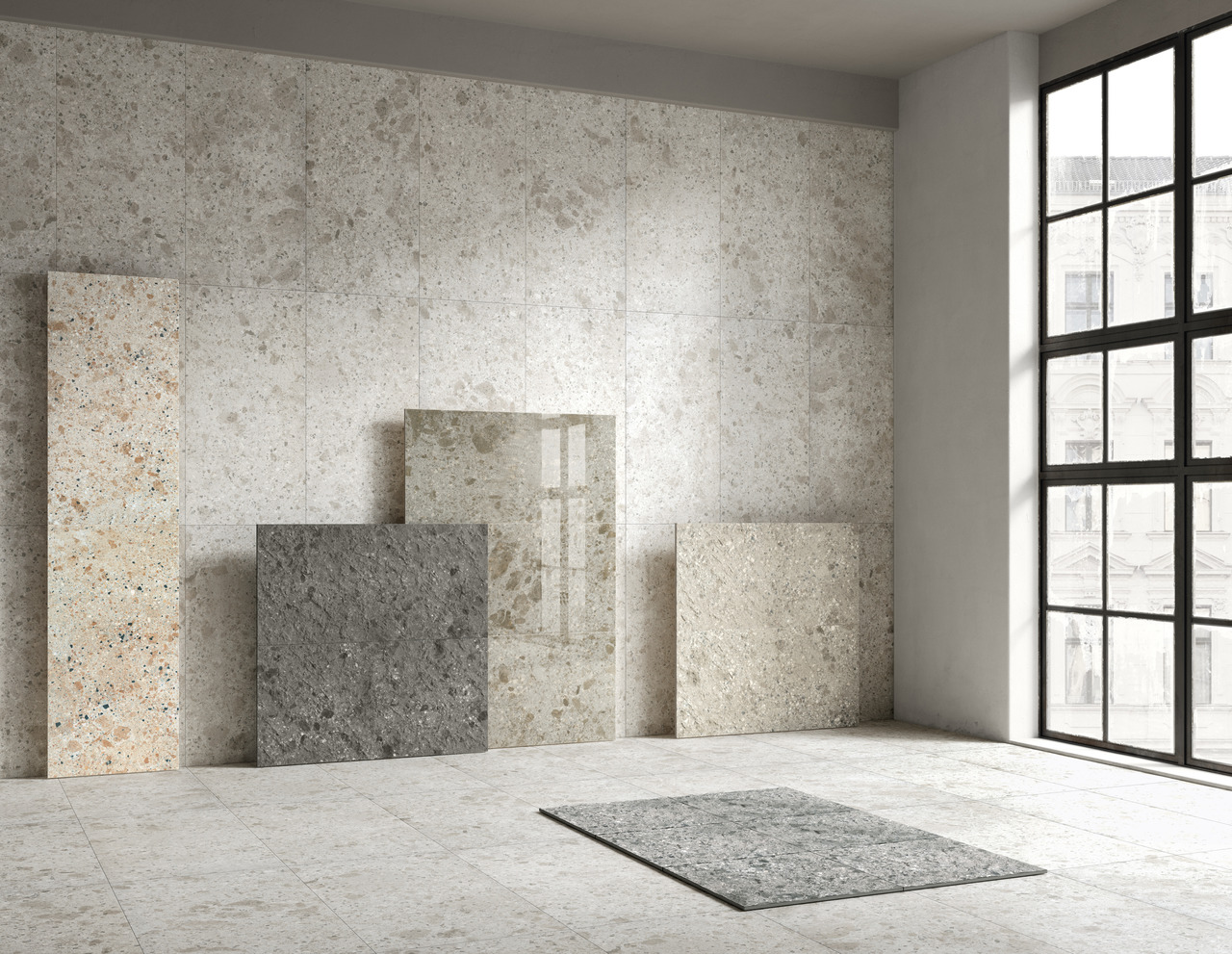
Chapter 1: The “Why” — Moving from Aesthetics to Strategic Performance
Before we explore what to pair, we must understand the fundamental drivers behind this trend. This is not merely a stylistic whim; it’s a convergence of psychological demand, commercial necessity, and technological advancement.
The Psychological Driver: Sensory Wellness and Biophilia
The post-2020 era has permanently elevated the importance of “wellness” within our built environments. This concept has evolved beyond air quality and natural light; it now fully encompasses sensory wellness. A space that feels good is as important as one that looks good.
- For Architects: This is a powerful tool for your client narrative. A high-gloss finish reflects light and creates energy. A super-matte, “velvet” finish absorbs light, reduces glare, and evokes a profound sense of calm. By pairing these, you can consciously guide an occupant’s experience—for example, using a serene, haptic matte tile in a spa’s treatment room while using a high-energy, polished metallic tile in the reception. You are no longer just designing a room; you are composing a sensory journey.
- For Importers: Your marketing language must evolve. Instead of “durable and stylish,” your new value proposition is “sensory wellness” and “haptic design.” You are providing the palette for architects to achieve these new design goals.
The Commercial Driver: Market Differentiation in a Crowded Field
The tile market is saturated. Competing on the tenth variation of a Calacatta marble look is a race to the bottom on price. Finish is the new frontier for premium positioning.
- For Importers: A competitor can copy a pattern, but it’s much harder to replicate a proprietary finish—a specific “soft-touch” matte, a “liquid-metal” gloss, or a “haptic-grip” texture. By sourcing innovative finishes and, more importantly, their intended partners, you create a curated collection that cannot be easily price-shopped. You move from a commodity supplier to a solutions provider. This is how you protect your margins and build brand loyalty with design firms.
- For Architects: Specifying a unique finish pairing makes your project “un-copyable.” It adds a signature element that elevates the entire design from “standard” to “couture.”
The Technological Enabler: The New Toolkit
This trend is only possible because of manufacturing breakthroughs. “Matte” in 2025 is not the same as “matte” in 2015.
- Digital Glazing & Reactive Inks: Manufacturers can now apply different types of glaze and “reactive inks” with pinpoint digital precision. This allows for the creation of selective textures—a tile that is 70% matte but has 30% “digital gloss” in the areas of a pattern, creating a subtle, wet-look effect.
- Micro-Structure Engineering: This is key for the “grip” finishes. Instead of gritty, abrasive coatings, new technologies create a microscopic surface structure that generates high friction (R11, R12) when wet but feels surprisingly smooth and non-abrasive when dry.
- Physical Vapour Deposition (PVD): This aerospace technology is now being applied to tiles, creating incredibly durable, thin-layer metallic finishes (gold, bronze, gunmetal, iridescent) that are far superior to the fragile,-glazes of the past.
Understanding these technologies is crucial because they directly impact performance, application, and, of course, price point.
Chapter 2: Core Pairings Reimagined for the Professional Market
Let’s move beyond the basics. The following are commercially-proven pairings that have been elevated by new technology, making them essential for 2025 specifications.
Pairing 1: The “Velvet” Matte + The “Lappato” (Semi-Polished)
- The Concept: This pairing is the new face of sophisticated minimalism. It’s a dialogue between total light absorption and subtle light play.
- The Technology:
- “Velvet” or “Soft-Touch” Matte: This is not your standard, chalky matte. This is a new generation of matte glaze that is engineered to be non-porous, smooth to the touch (like the surface of a luxury car), and highly resistant to fingerprints and smudging. It creates a serene, monolithic “envelope” for a space.
- “Lappato” or Semi-Polished: This finish is created by polishing the tile’s surface but not to a full, mirror-like gloss. It offers a gentle, variegated sheen that catches the light differently as you move through the space.
- Architectural Application:
- Specify the velvet matte in a large-format (e.g., 120x280cm slabs) for the main walls and floors of a primary suite or a high-end office. This creates a calm, glare-free, and expansive foundation.
- Use the exact same tile (same color, same base) in the Lappato finish for a feature wall, such as the wall behind a freestanding tub or a reception desk. The subtle shift in sheen creates a “tone-on-tone” texture that is incredibly elegant and expensive-looking without introducing a new pattern.
- Import/Commercial Strategy:
- Source as a System: You must source both finishes from the same manufacturer and same production batch. The value proposition is “One Tile, Two Finishes.”
- Market the Solution: This pairing’s key selling point is its performance. Market the matte as “fingerprint-proof” and “glare-reducing.” This is a massive problem-solver for clients with open-plan homes and abundant natural light. You are selling a solution to a common design problem.
Pairing 2: The Structured/3D Tile + The Honed “Stillness”
- The Concept: This is a pairing of dynamic movement with quiet stillness. It uses light and shadow as a material itself.
- The Technology:
- Structured/3D: We’re moving past simple “wave” tiles. The 2025 trend is for sharp, architectural patterns: deep fluting (reeds), concave scallops, and raked “kit-kat” style mosaics. These are often created with heavy-press technology.
- Honed: A honed finish is a perfectly smooth, matte surface, most often seen in natural stone or stone-effect porcelain. It has zero reflection and a very soft, velvety feel. It is the visual equivalent of silence.
- Architectural Application:
- This is the ultimate feature wall strategy. Use a deeply fluted structured tile on a large, uninterrupted wall in a lobby, living room, or restaurant. Light this wall dramatically from above or below (grazing light) to create sharp, rhythmic shadows.
- Pair this intense visual activity with a large-format honed tile on all other adjacent surfaces (especially the floor). The honed tile’s “stillness” acts as a visual anchor, preventing the structured wall from overwhelming the space. The contrast makes both surfaces feel more intentional.
- Import/Commercial Strategy:
- Logistics & SKUs: Structured tiles are harder to pack and ship, but they command a significant premium. You must import the recommended plain-tile partner.
- Increase Average Order Value (AOV): Never sell the 3D tile in isolation. Your showroom displays and marketing materials should always show it paired with its honed counterpart. This transforms a small, 10sqm feature wall sale into a full-room, 50sqm project sale. You are upselling the entire concept.
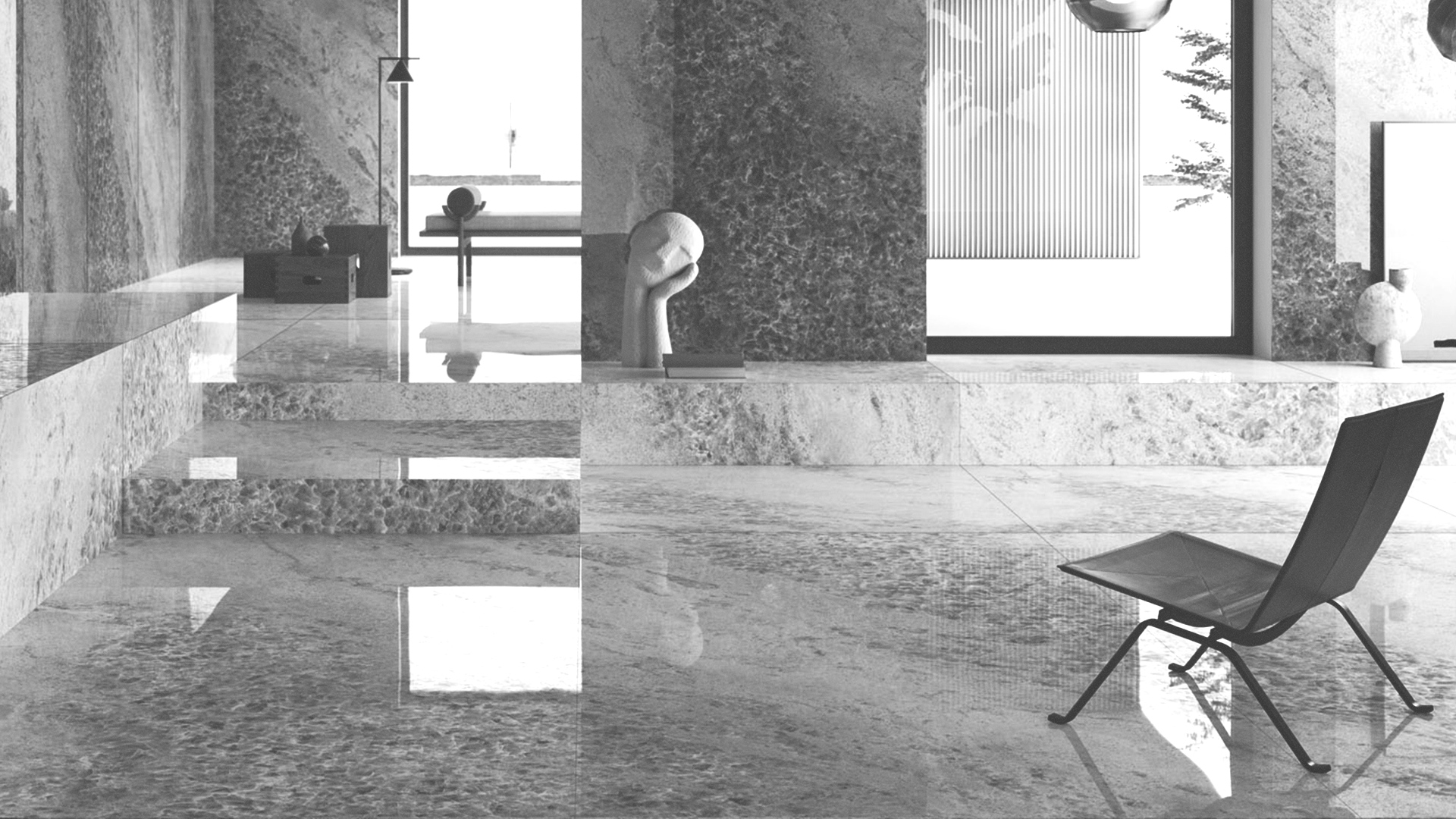
Chapter 3: Innovative & Tech-Forward Pairings for 2025
This is where the market is heading. Sourcing and specifying these pairings will establish you as a true industry leader.
Pairing 3: PVD Metallic + Raw-Effect Porcelain (Stone/Concrete)
- The Concept: The ultimate expression of “Industrial Luxe 2.0.” This pairing creates a powerful dialogue between the hyper-technological and the elemental-natural.
- The Technology:
- PVD (Physical Vapour Deposition): As mentioned, PVD creates a super-durable metallic surface (gold, bronze, gunmetal, graphite) that is bonded to the porcelain at a molecular level. It will not chip, fade, or tarnish like older glazes or electroplated finishes.
- Raw-Effect Porcelain: These are hyper-realistic digital reproductions of materials like pitted concrete, veined travertine, or rustic slate. The key is their honed or textured finish—they look and feel “raw” and unfinished.
- Architectural Application:
- This is a high-impact pairing for hospitality, retail, and high-end residential. Use the raw-effect concrete or travertine tile as the main “shell” of a space to create an earthy, robust foundation.
- Then, use the PVD metallic tiles as a targeted, architectural insertion. This could be a full backsplash in a moody bar, the lining of a shower niche, or alternating “stripes” with the concrete tile on a feature wall. The PVD tile acts like jewelry, its “liquid-metal” finish contrasting sharply with the “dry” texture of the stone.
- Import/Commercial Strategy:
- High-Margin Category: PVD tiles are a high-cost, high-margin product. They are a statement, not a commodity.
- Targeted Marketing: This is not for every project. Market this pairing directly to hospitality design firms and high-end residential architects. Your pitch is “durable luxury”—the look of real metal without the maintenance nightmare. You are selling a high-performance, high-glamour solution for statement spaces.
Pairing 4: The “Indoor-Outdoor” System (Smooth R9 + High-Grip R11)
- The Concept: The holy grail of biophilic design: creating a visually seamless transition from an interior living space to an exterior patio or terrace.
- The Technology:
- This is a system based on micro-structure engineering. A manufacturer produces the exact same tile (same color, same pattern, e.g., a terrazzo-effect) in two or more finishes:
- Indoor (R9/P1): A standard, smooth, and easy-to-clean finish.
- Outdoor (R11/P4): A “Grip+” or “Stepwise” finish that has a high slip-resistance rating, even though it feels only slightly more textured than the indoor version. This is a massive leap from the old, gritty “anti-slip” tiles that were impossible to clean.
- This is a system based on micro-structure engineering. A manufacturer produces the exact same tile (same color, same pattern, e.g., a terrazzo-effect) in two or more finishes:
- Architectural Application:
- This is a game-changer for projects with large glass doors or bifold walls. You can specify the exact same tile across the entire floorplate, with the finish changing from R9 to R11 as it crosses the door threshold.
- The visual flow is uninterrupted, making both the indoor and outdoor spaces feel larger and more unified. The only thing that changes is the technical performance of the surface, ensuring safety without aesthetic compromise.
- Import/Commercial Strategy:
- Sell the System, Not the SKU: You must import the entire line. Stocking only the R11 version misses the point.
- The “One-Look” Solution: This is your sales pitch to architects, builders, and retailers. “One Look, Two Finishes, Any Application.” You are simplifying the architect’s specification process enormously. They no longer have to waste time trying to find a “close-enough” match for the outdoor tile. You are selling them the perfect solution in a single package.
Pairing 5: Haptic-Reactive Glaze + Full “Digital” Gloss
- The Concept: This is the most “cutting-edge” pairing, focusing on creating truly immersive, tactile environments. It’s a contrast between organic, subtle texture and a deliberate, artificial sheen.
- The Technology:
- Haptic-Reactive: These tiles use special glazes that react during firing to create subtle, organic, and non-repeating textures. Think of tiles that feel like “sanded” wood, “woven” fabric, or “pitted” stone. The texture is soft, nuanced, and intended to be touched.
- Digital Gloss: This is a manufacturing process that applies a high-gloss, glass-like finish with digital precision. It can be used to create a “wet-look” pattern on a matte tile or, in this case, a full-tile finish that is perfectly flat and hyper-reflective, like the screen of a smartphone.
- Architectural Application:
- Create truly immersive spaces. Use a haptic “fabric-effect” tile for the walls of a quiet space, like a library, bedroom, or meeting room, to create a sense of softness and acoustic comfort.
- Pair this with a “digital gloss” tile on an opposing wall or in an adjacent area (like a hallway) to create a jolt of energy and light. The contrast is extreme: the “acoustic” quiet of the haptic tile versus the “visual noise” of the digital gloss. This is advanced sensory design.
- Import/Commercial Strategy:
- The “Story” Product: This pairing is for the most forward-thinking design firms. You are sourcing from the most innovative manufacturers (often Italian or Spanish).
- Invest in Samples: You cannot sell this from a catalog. Importers must invest in large-format sample boards and displays that encourage architects to touch the surfaces. Your sales team must be trained to tell the “story” of the technology. This is the definition of a “specification-driven” product.
Chapter 4: Practical Strategy — How to Specify and Source
A brilliant pairing can fail without correct specification and sourcing.
For Architects: Specification is Key
- Always Order 1:1 Samples: A 10x10cm chip is useless. You must get a full-size tile of each finish and place them next to each other on-site.
- Test Under Multiple Lights: A velvet matte and a PVD metallic will look completely different under the 2700K warm light of a hotel lobby versus the 4000K neutral light of an office. Specify the lighting in conjunction with the tile.
- Grout is Not an Afterthought: A textured tile will “catch” grout differently than a polished one. Specify the correct grout type (e.g., a stain-proof epoxy for a PVD tile) and test the grout color. A contrasting grout will highlight the grid; a matching grout will create a monolith. This choice is critical when pairing finishes.
- Consider the Transition: How will the finishes meet? At an internal corner? Will you use a trim (e.g., a brass profile to bridge a concrete-effect and a PVD tile)? This transition detail must be drawn and specified.
For Importers: Sourcing and Marketing as a System
- Curate Your Collections: Go to Cersaie and Cevisama with a mission. Don’t just look for the “hero” tile. Ask the manufacturer, “What is the intended partner for this tile?” Source the system.
- Educate Your Network: Your network of retailers and contractors needs to be armed with this knowledge. Create marketing materials (displays, brochures, training videos) that show the pairings in situ. Explain why the velvet matte is fingerprint-proof. Explain why the R11 tile is the R9’s partner.
- Rethink Your Showroom: Stop siloing tiles by size or color. Create displays that are “concept-driven.” Have a “Sensory Wellness” display showing the haptic + gloss pairing. Have a “Seamless Flow” display showing the R9 + R11 system in action. You are selling architectural concepts, not just building materials.
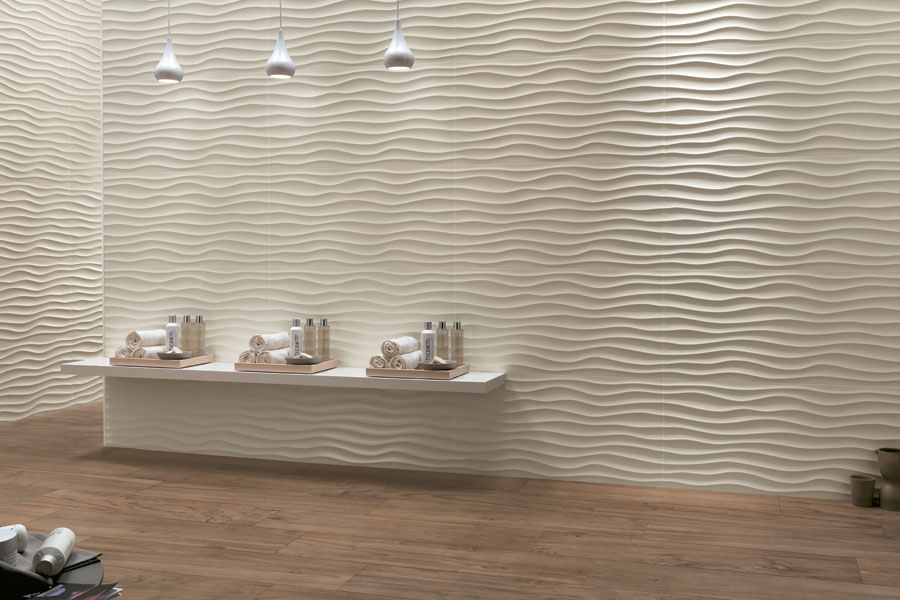
Conclusion: Mastering the Art of the Pair
The future of tile design is tactile, technological, and targeted. For architects, mixing finishes is no longer a decorative flourish; it is a core component of creating sophisticated, human-centric spaces that respond to our deepest sensory needs. For importers, this is a clear directive: stop selling individual SKUs and start providing cohesive, high-performance surface systems.
The most successful projects and portfolios of 2025 will not be defined by a single color or pattern. They will be defined by the masterful, intentional, and innovative pairing of finishes. The leaders in this new era will be those who understand that in surface design, as in all things, the true magic lies not in the object itself, but in the relationship between them.
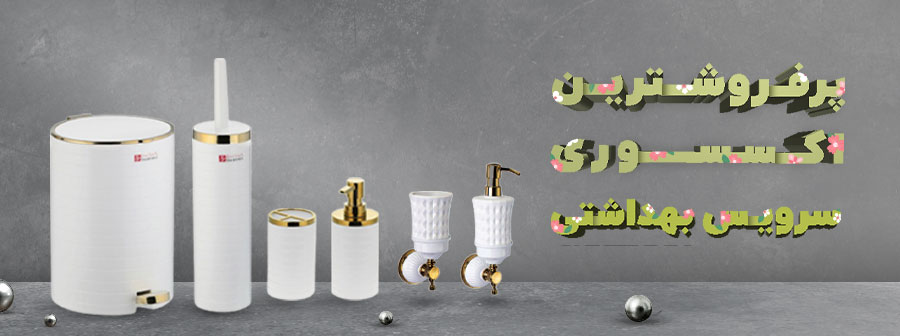
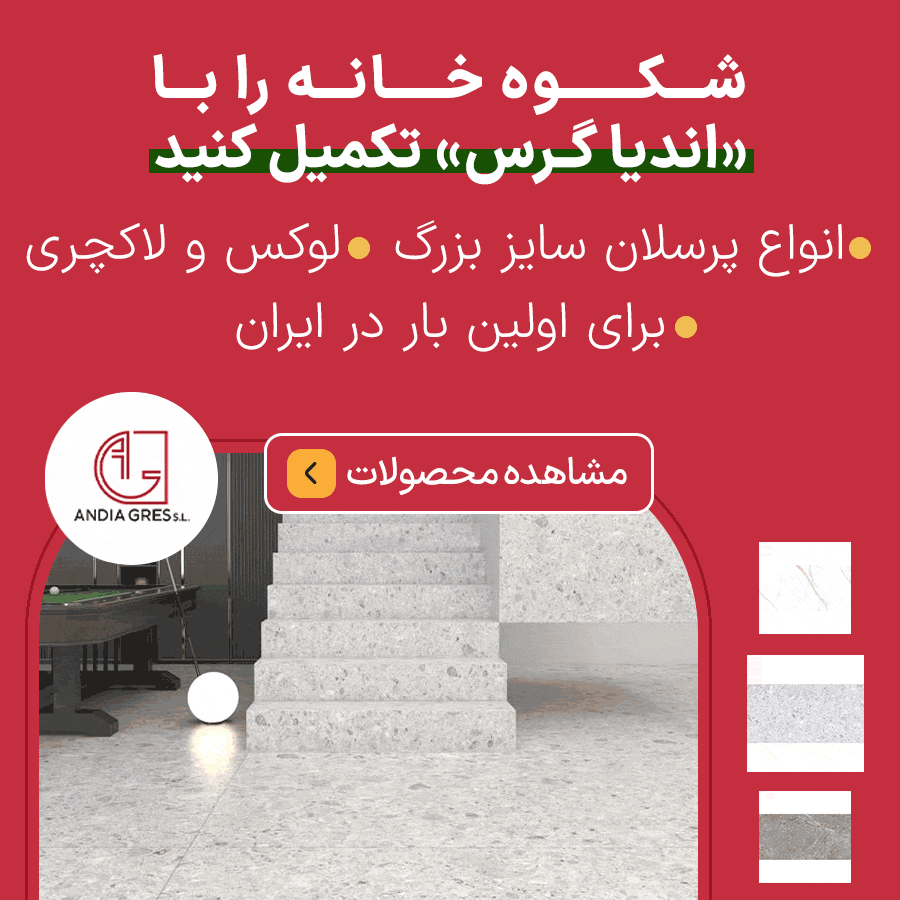
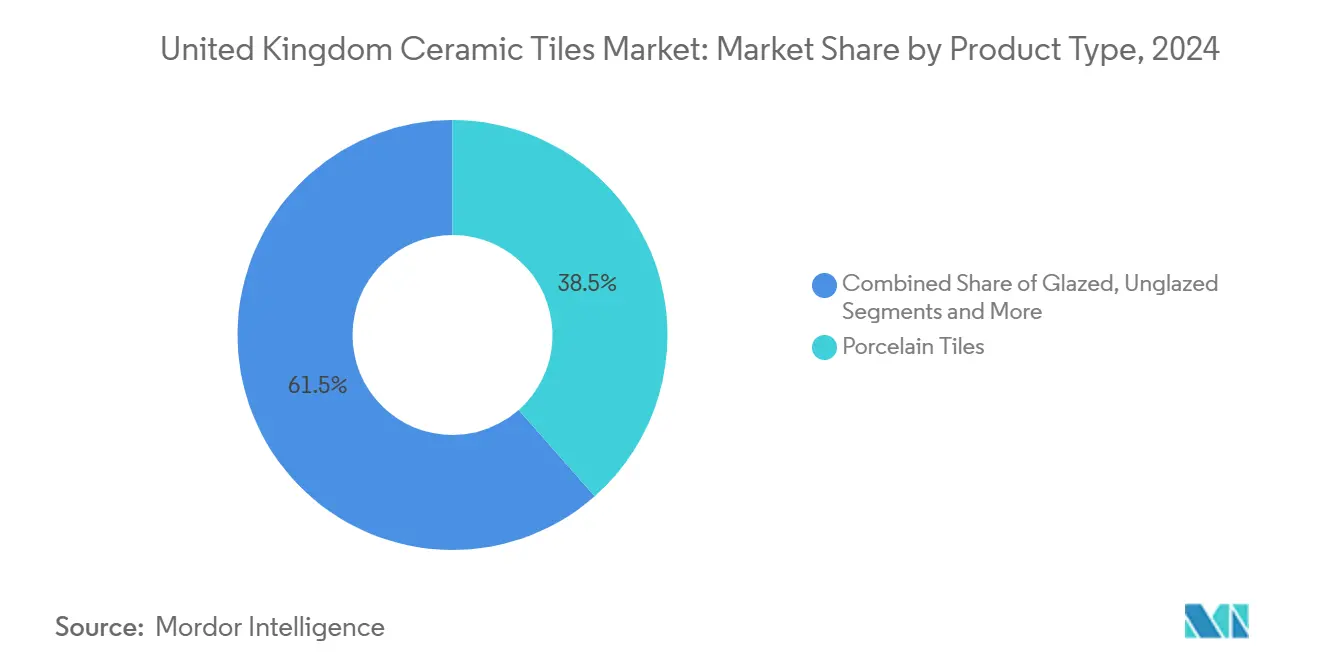



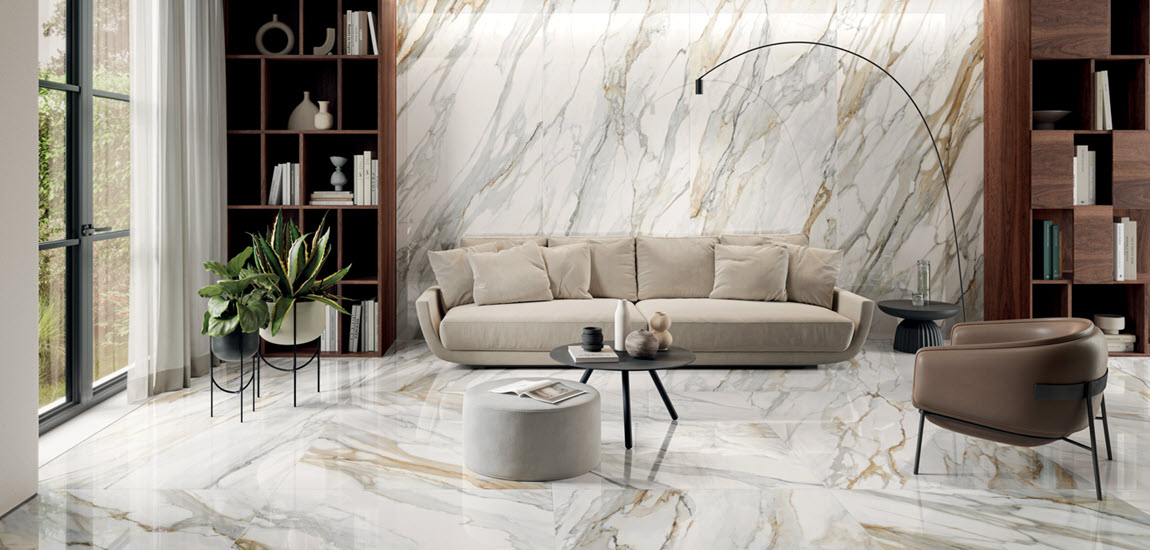
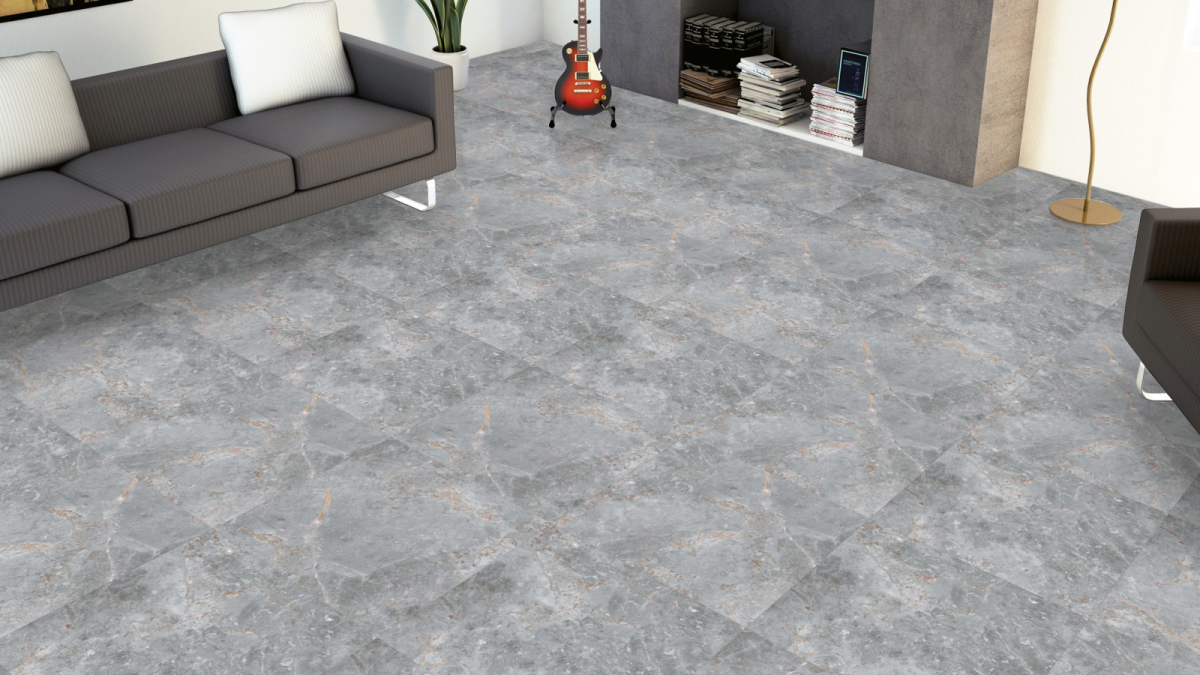
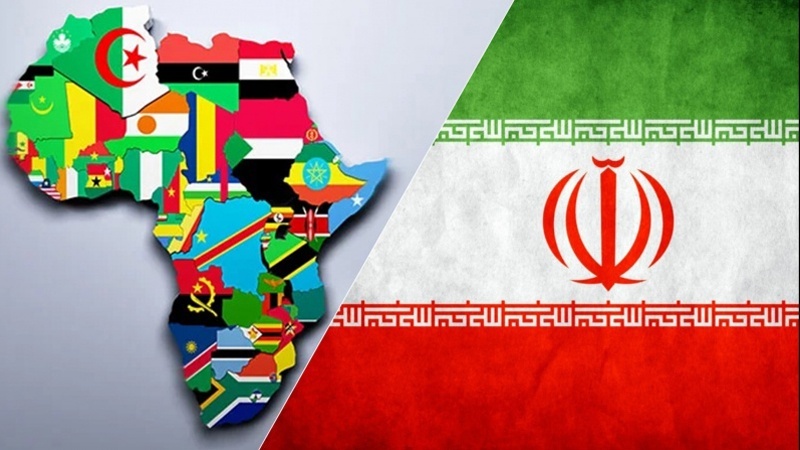
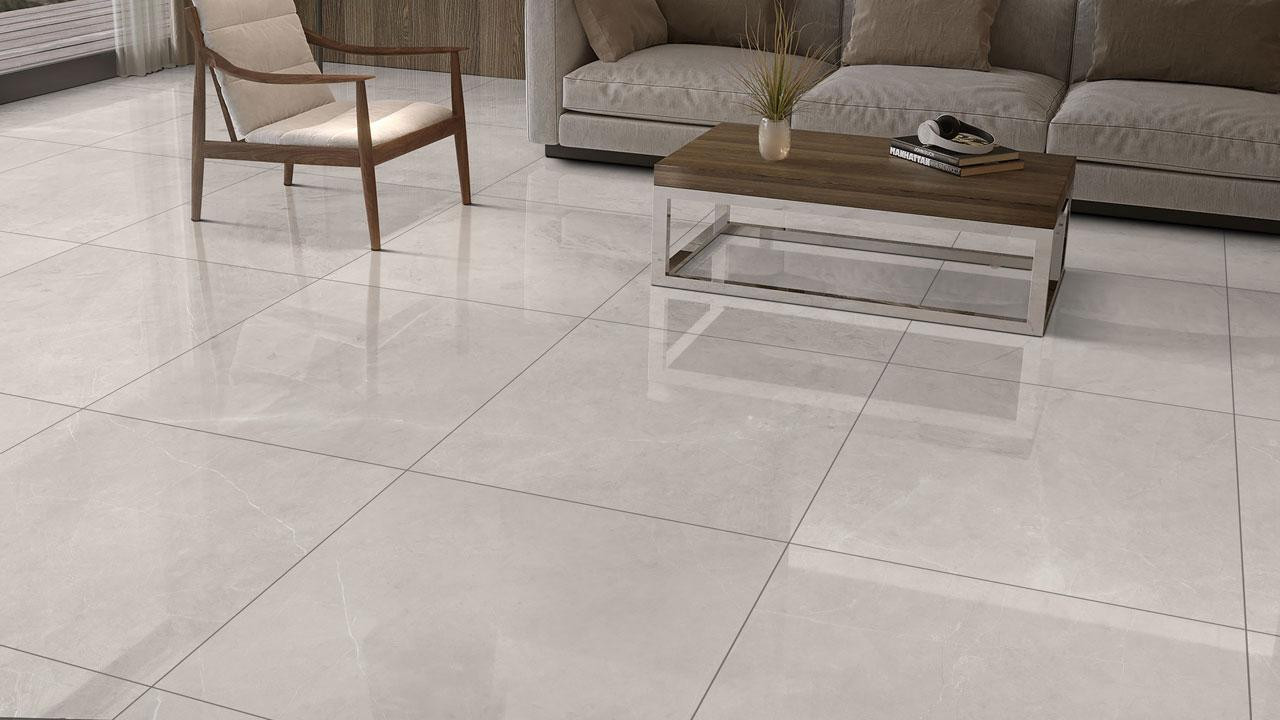
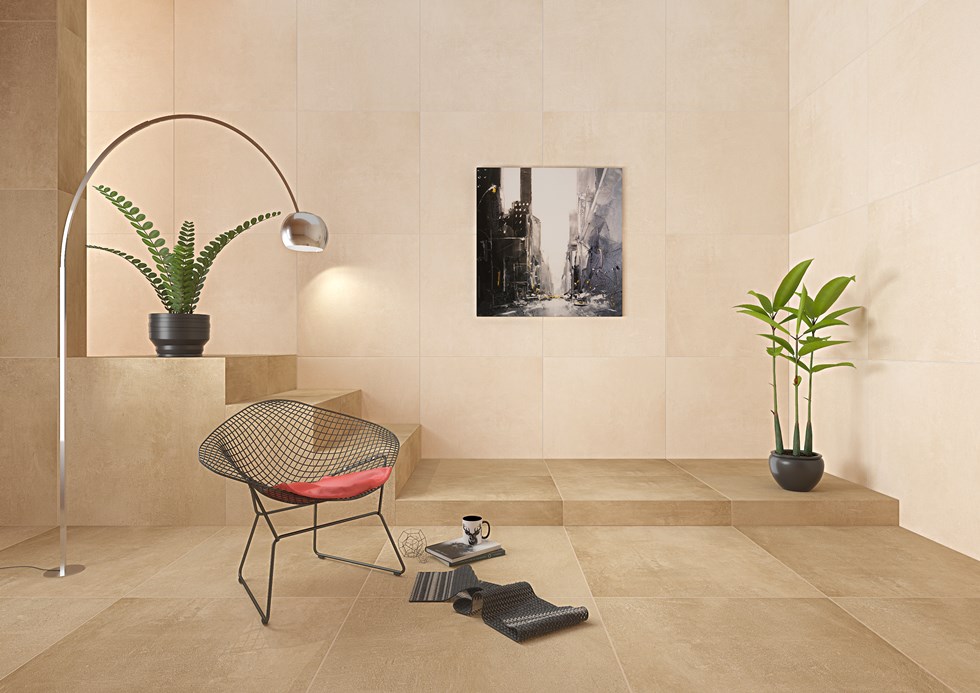

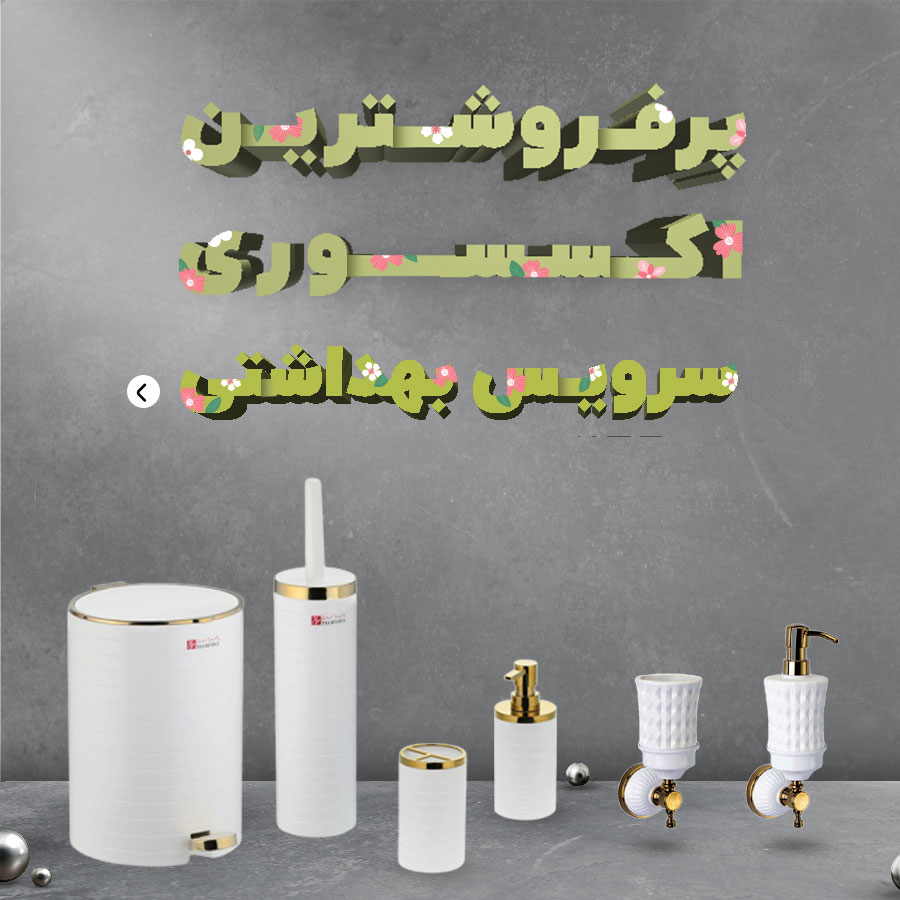

نظرات ۰